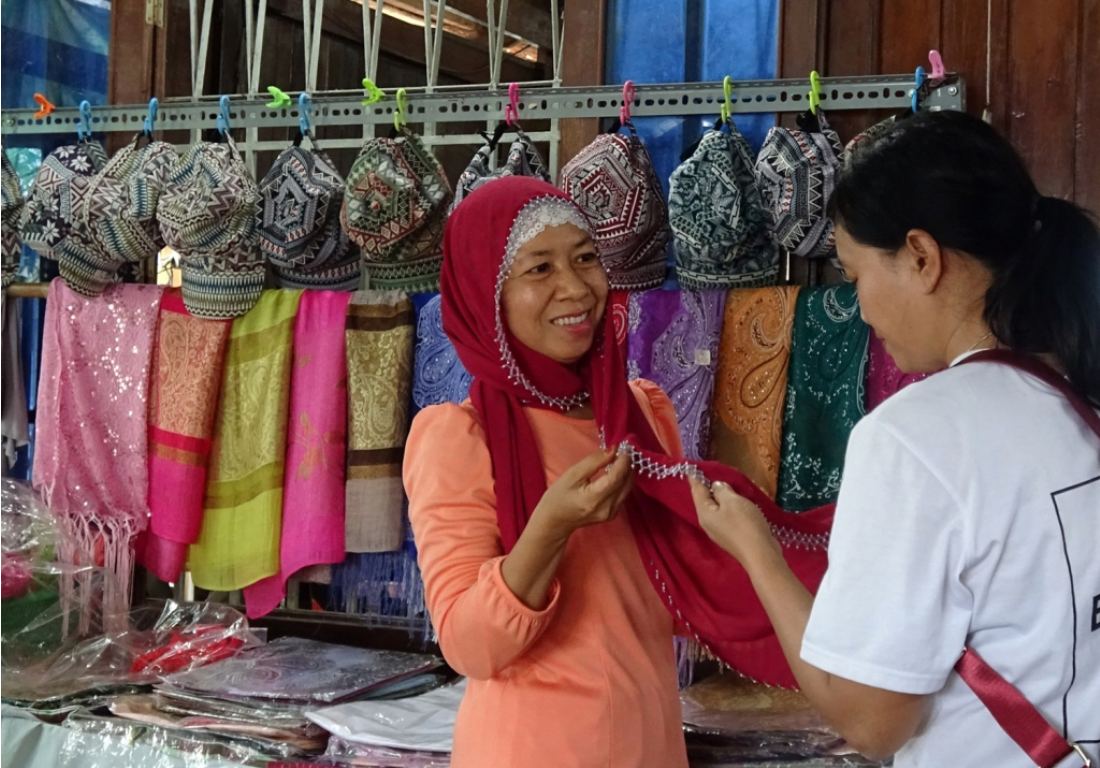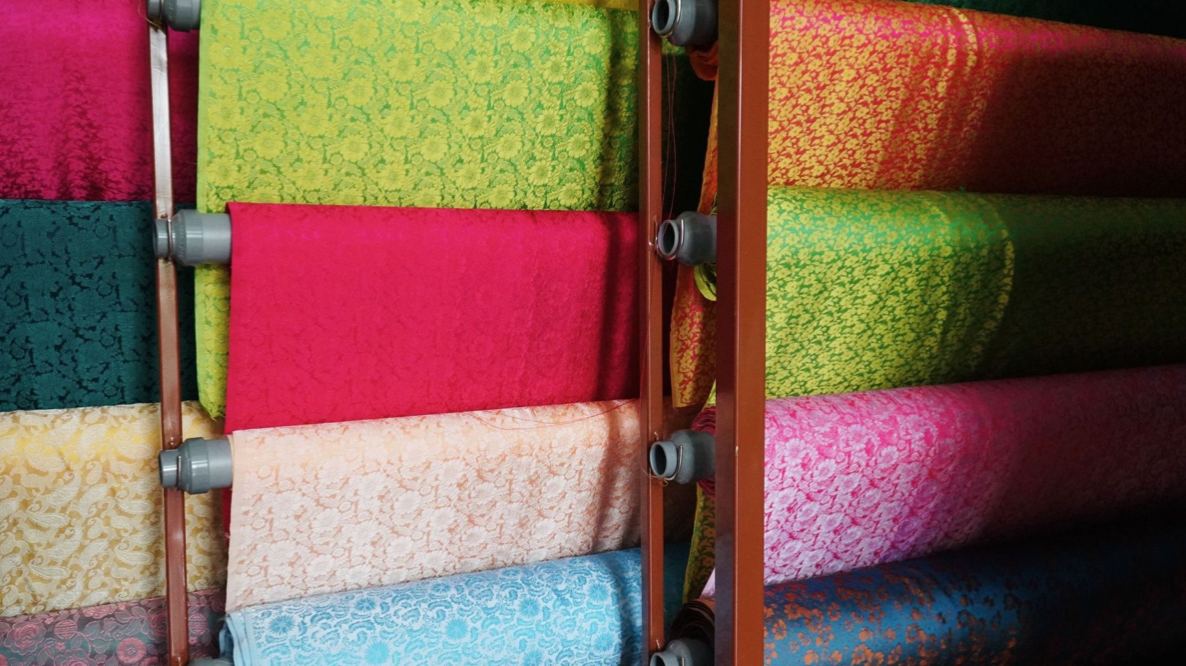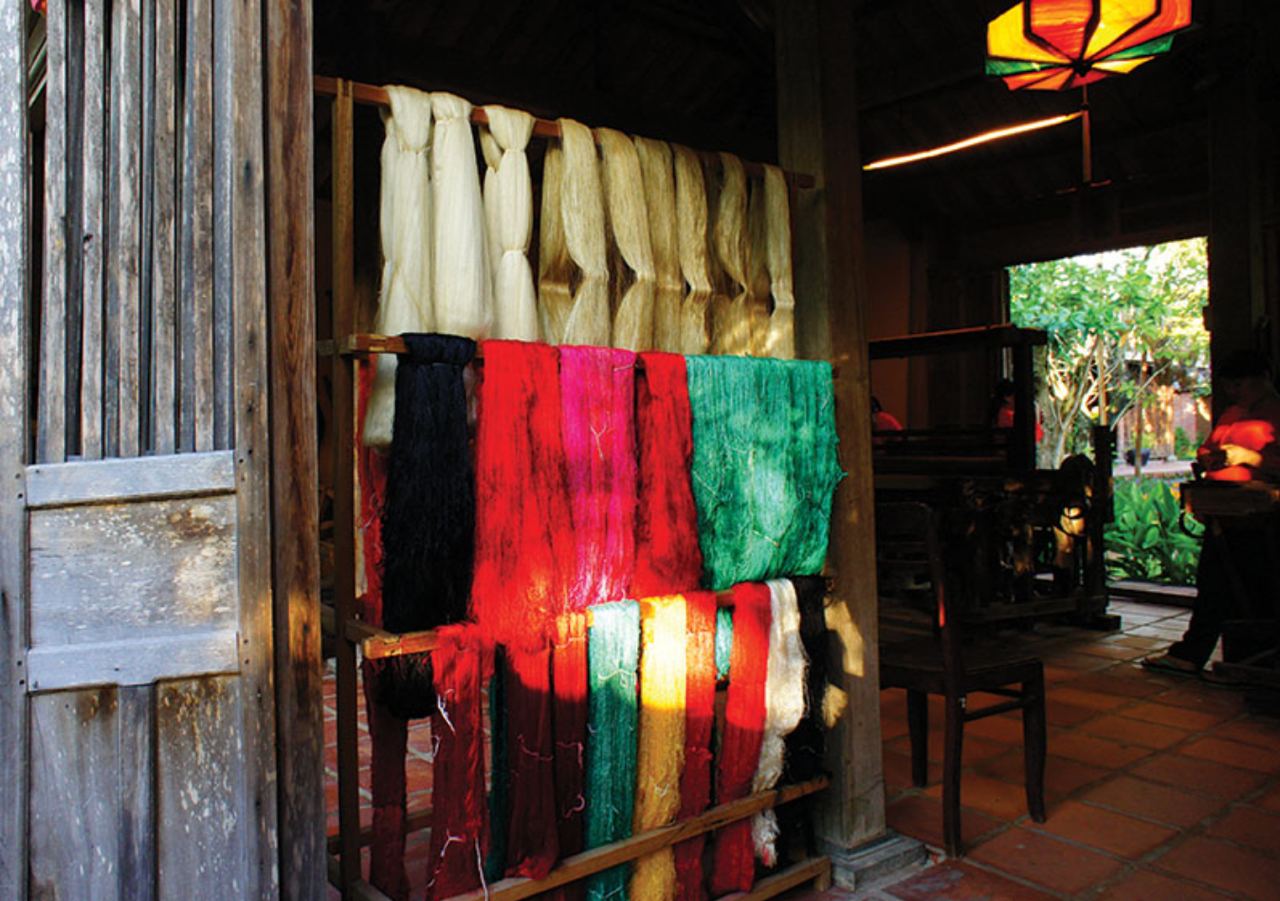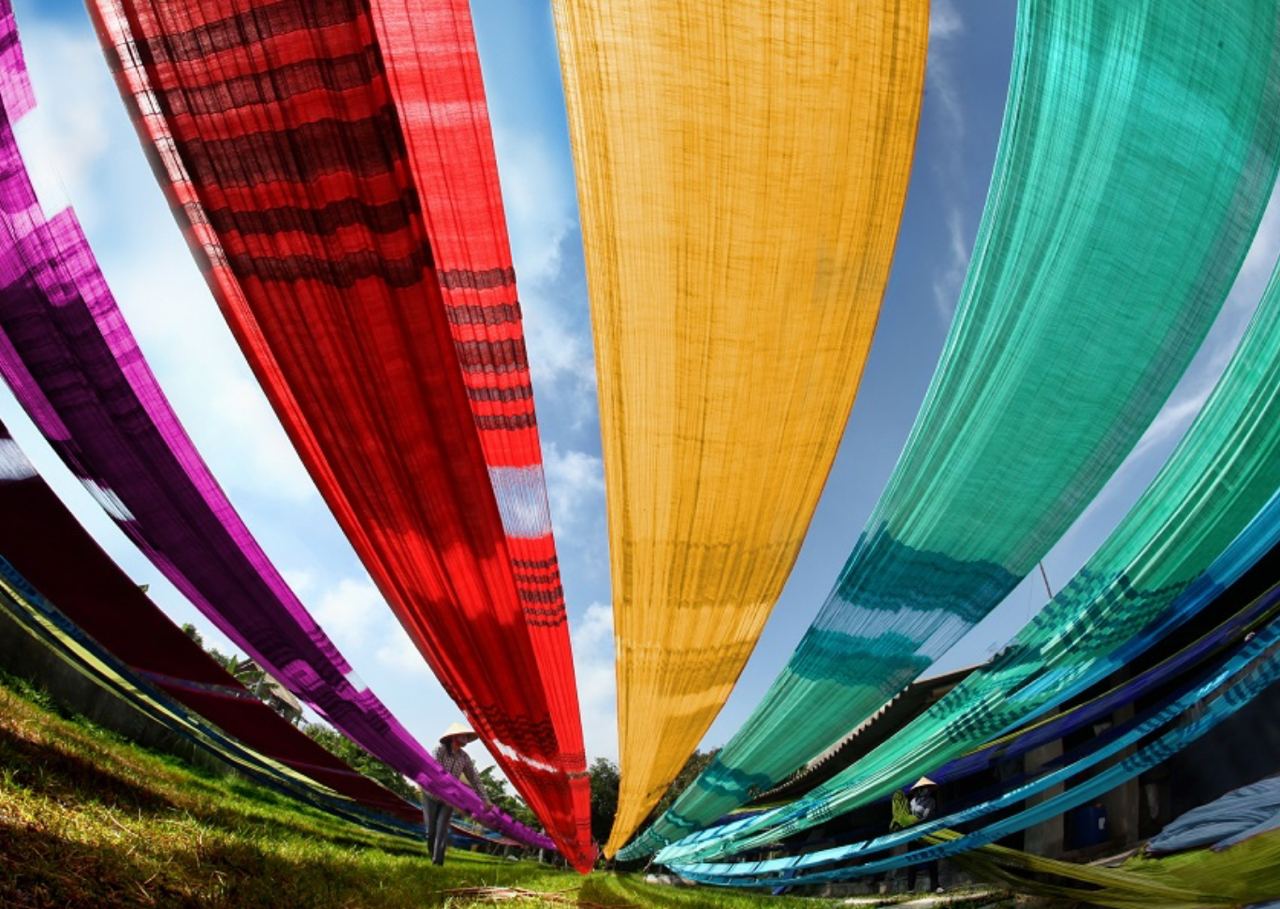Vietnam is a country with many traditional craft villages, which have existed and developed closely with history and culture for thousands of years.

Van Phuc Silk
The most well-known center for silk production in Vietnam is Van Phuc Silk Village. Long ago, the Van Phuc Silk Village was established. In the past, monarchs’ and mandarins’ garments were frequently made with materials from this silk village. There are over 150 stores in the hamlet, and production exceeds 2 million m/year in addition to sales in numerous other locations. Silk from the Van Phuc village is incredibly silky, has intricate patterns, and a wide range of colors. It can be used to make a wide variety of costumes with various designs and is highly well-liked by young people. It is important to protect and publicize Van Phuc silk.

Duy Xuyen silk
Duy Xuyen silk belongs to Quang Nam province. Duy Duyen Silk Village has been around for over 300 years. The village’s silk is grown and woven by the local Cham Pa people. The village’s silk material is softer than other places because the Champa people grow it themselves. Duy Xuyen silk village still retains the tradition of silk weaving. The village’s products made from silk are imbued with the culture of the Champa people. The silk village often welcomes foreign tourists to visit, where they can experience spinning silk and raising silkworms with weaving artisans.
Tan Chau silk
Tan Chau silk is a long-established product of the province of An Giang. After being weaved, the village’s silk is colored with fruit, turning it into jet-black, glossy Tan Chau silk. Tan Chau silk is renowned for its great hygroscopicity, softness, toughness, and durability. Tan Chau silk was quite expensive in the 1960s and 1970s since it was a labor-intensive process to create.
Tan Chau silk is currently a wholly Vietnamese product, infused with Vietnamese pride and national spirit. Craftspeople have developed a variety of fresh and lovely designs to satisfy the demands of clients as a result of their constant learning and innovation of new technologies and concepts.

Nha Xa silk
Ha Nam province is the home of Nha Xa silk. This silk is second only to Van Phuc silk in terms of softness, smoothness, beauty, and durability. The youthful, silky silk has drawn buyers from Saigon-Cho Lon to the town of Nha Xa since the early 18th century. The Nha Xa weaving community was at its peak prosperous during the 1920s. All of the weaved silk was exported. Nha Xa Silk Village continues to conserve and advance the priceless customs bequeathed by its ancestors despite numerous ups and downs.
The Nha Xa silk village’s manufacturing scale is currently growing in an industrial and modern direction. Many households construct additional weaving machines or switch from wooden to iron frames. Textile items are becoming more plentiful and varied (spun silk products, flowered silk products, etc.). The weaving trade from the village has expanded to many places, including Lanh Tri, Chuyen Ngoai, Hoa Mac, and Dong Van, providing work and money for numerous families.
Ma Chau silk
Ma Chau silk village has been famous since the 16th century, with mulberry growing, silkworm raising, and silk weaving. Ma Chau silk products were specialized in supplying kings and nobles at that time. Currently, the village has about 300 households involved in weaving. In the 1960s, Ma Chau was a famous land with more than 4,000 looms weaving day and night. Experiencing many ups and downs, due to fluctuations in domestic and international silk prices, made the development of Ma Chau craft village stagnate, most of the mulberry land was ceded to other crops, and silk weavers switched to other jobs. In the past 15 years, Ma Chau has restored more than 2,000 looms. Ma Chau weaving village has the only Ma Chau Silk Cooperative that still retains traditional silk weaving.

